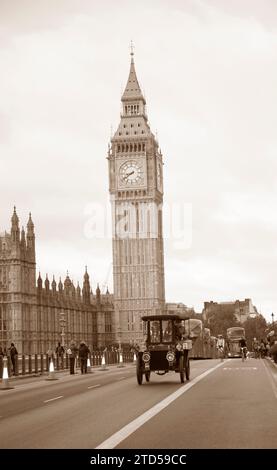
The Importance of London Bridge
London Bridge, spanning the River Thames, serves as both a vital artery for transportation and a historical landmark in the heart of London. Its history dates back over 2,000 years, showcasing the evolution of one of Britain’s most recognisable structures. Understanding its significance helps contextualise the cultural and architectural developments in the capital city.
A Brief History
The original London Bridge was constructed by the Romans around AD 50, intended to facilitate trade and movement. Over the centuries, it has been rebuilt numerous times, with notable iterations including the medieval stone bridge completed in the 12th century. This version was famous for its houses and shops until it was replaced in the 19th century by a more robust cast-iron design.
In the 1960s, the iconic bridge was put up for sale, and American entrepreneur Robert P. McCulloch purchased it, disassembling it and relocating it to Lake Havasu City, Arizona. What stands today in London, completed in 1973, is a modern concrete and steel structure, signalling a significant shift in urban architectural trends.
Recent Developments
London Bridge continues to undergo transformations that reflect both its historical significance and the demands of modern infrastructure. Recently, a comprehensive redevelopment project included significant upgrades to the historical area surrounding the bridge, enhancing pedestrian access and integrating public art installations. Improvements to the transport links in the vicinity have also made it a pivotal hub for commuters.
Conclusion
London Bridge remains not just a crossing over the Thames, but a symbol of London’s rich cultural heritage and its ability to adapt to contemporary needs. The recent upgrades and developments signify a commitment to preserving the historical essence of the bridge while enhancing its functionality for future generations. As ongoing projects aim to rejuvenate the area, the balance of history and modern urban life continues to shape London Bridge’s unique character.
You may also like

The Enduring Legacy of James Madison

Valencia: A Rich Tapestry of Culture and History
